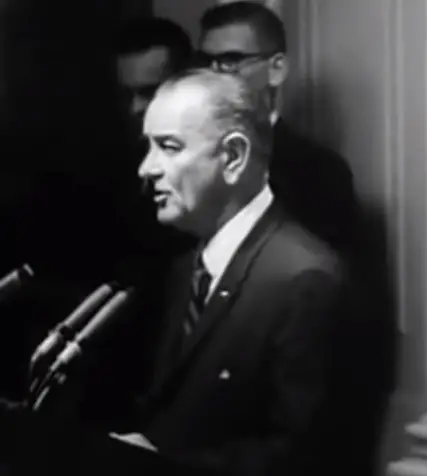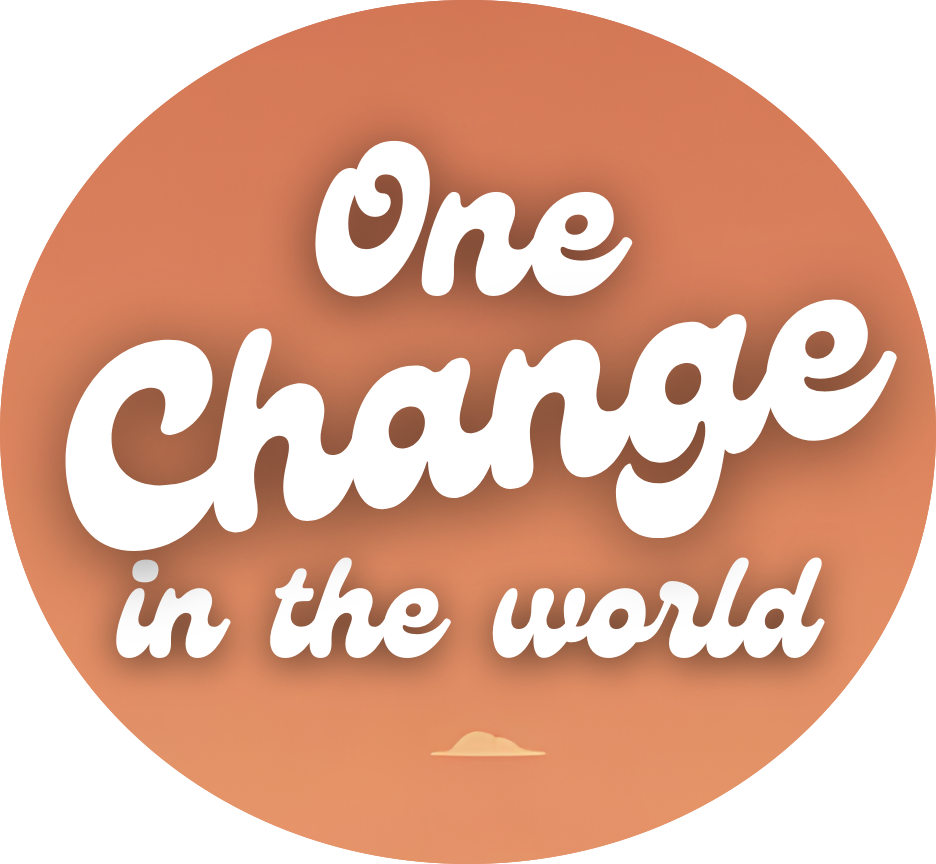To understand what a popular history of the United States is, Howard Zinn’s work as a historian, and to find the summary of this history: go here popular history of the United States society after 1945.
The United States at the time of the Vietnam War
The first part of the Indochina War
In 1945, Japan evacuated Indochina. The revolutionaries led by Ho Chi Minh who had fought them drafted a Declaration of Independence, where they criticized in particular the French colonialists.
Fearing the control of the Western powers over Indochina, Ho Chi Minh sent letters to President Truman in 1945 and 1946, as well as one to the United Nations, recalling the principle of self-determination, but the American president made no reply.
The Indochina War began in October 1946, when the French bombed the port of Haiphong. The United States came to the aid of the French: they financed a total of 80% of the French war. The reasons given were to fight against communism, and what was later called the domino theory: if a country became communist, it would become contagious for its neighbors.
In 1954, the French renounced the war, in front of a population loyal to Ho Chi Minh. South Vietnam remained under the control of the United States, which placed Ngo Dinh Diem in government. Unpopular because of his religion, Catholic while the population was rather Buddhist, and because of his economic interests, while the population was composed of small farmers, Diem reacted with force, and in particular imprisoned opponents who denounced corruption. By 1958, North Vietnamese-fueled guerrilla warfare was threatening the government. The National Liberation Front, known as FNL, united with the malcontents. Pike estimated that there were about 300,000 NLF members in early 1962.
The Second Part of the Indochina War
Kennedy in 1961 took over from Truman and Eisenhower. In May 1963, the burning of a Buddhist monk in Saigon was taken as an example by other monks. The police reaction resulted in a lot of violence.
Vietnamese generals, in contact with the local head of the CIA, plotted against Diem. This did not go against the interests of the United States, for whom Diem had become an embarrassment. The generals captured the presidential palace on November 1, 1963, and Diem was caught and executed on the run.
Three weeks later, Lyndon Johnson succeeded Kennedy after the latter’s assassination.

,
“Why we are in Vietnam.”
In South Vietnam, the NLF remained popular. Johnson used the fact that “the American destroyer Maddox” had “been the object of an unjustified aggression”, an event that was in fact a set-up by the United States, as a pretext to relaunch the war in Vietnam. In 1965, more than 200,000 soldiers were first sent in, soon joined by another 200,000 in 1966. Entire regions of South Vietnam were declared, “Free Fire Zones”: anyone there, even civilians, was considered an enemy. Men who could carry a weapon were killed, houses were burned down, and refugee camps were set up. The International Red Cross has since provided documents estimating the number of prisoners in these camps at the height of the war: 65,000 to 70,000 people.
The Supreme Court, to whom petitions were addressed to show the unconstitutionality of the war, refused to consider the question. At the end of the war, 7 million tons of bombs had been dropped in Vietnam. The toxic products delivered also had strong negative impacts on the environment and probably on births.
On March 16, 1968, the tragedy of My Lai, named after the village, took place: all the inhabitants were killed, grouped in a pit. According to Seymour Hersh, who dedicated a book to this event, between 450 and 500 people were killed, mostly women, children and the elderly. My lai would not have been an isolated case, however.
At the beginning of 1968, the FNL launched the Tet offensive and reached Saigon, although the attack was thwarted.
The first protests against the war in Vietnam
Johnson’s popularity was so low that he announced in 1968 that he would not seek re-election. The United States began to bring back its troops.
That same year, Richard Nixon succeeded Johnson as president, and continued the withdrawal of troops. In February 1972, only 150,000 American soldiers were in Vietnam. Nixon entrusted the continuation of the conflict to the South Vietnamese forces, only financing and materially supporting the government: it was the “Vietnamization” of the conflict. It is a way for Nixon not to stop the war, while satisfying the population.
In 1970, Nixon and Henry Kissinger tried to impose themselves in Cambodia, but it was a failure. In 1971, 800,000 tons of bombs would have been sent to Laos, Cambodia, and Vietnam, by the United States, notably by supporting South Vietnam against Laos.
Opposition from the American population came in particular from the civil rights movement. The Student Nonviolent Coordinating Committee (SNCC) publicly objected in 1966 to the “aggressive policy in violation of international law” of the United States. Boxer Muhammad Ali denounced a “white man’s war”, and Martin Luther King declared, “One way or another, this madness must end.
By 1964, the slogan. ” We will not go” was permeating American society, as young people refused to register for the draft. One of these protesters, David O’Brien, burned his military papers; this act was the question of a Supreme Court decision, which rejected the “freedom of expression” argument.
The number of refractory people prosecuted exploded: in mid-1965, 385 prosecutions, in 1968, 3,500 prosecutions, and 300,960 in 1969.
The amplification of the movements of contestation of the war
Two events contributed to raising the awareness of American opinion. The first was on November 2, 1965, when Norman Morrison committed suicide by fire in front of the Pentagon, and the second was when Alice Hertz committed suicide the same year in Detroit.
On October 15, 1969, 100,000 people demonstrated in Boston against the war. In 1970, similar demonstrations took place all year long in Washington, D.C. And the protest even reached the middle class and the professions, which is relatively rare.
Around the government, and even within the government, voices also began to be raised, such as that of Daniel Ellsberg. With his friend Anthony Russo, they published secret documents, sent to members of Congress and to the New York Times, which began to publish excerpts known as the Pentagon Papers in June 1971.
Catholic priests and nuns joined the protest, such as Father Philip Berrigan, Daniel Berrigan’s brother, and Mary Moylan.
When Nixon ordered the invasion of Cambodia, the protests came to a head. On May 4, 1970, the National Guard killed four students and paralyzed one at Kent State University, resulting in the largest student strike ever seen in the country, affecting 400 universities and colleges. The FBI counted 1,785 protests during the 1969–1970 school year.
The End of the US Involvement in Vietnam
In August 1965, 61% of Americans thought the Vietnamese engagement was not a bad thing. The ratio was reversed in May 1971:61% considered that the engagement in Vietnam was a bad thing.
This disapproval was strongest among people over 50, blacks, and women.
The soldiers themselves began to become pacifists. Individual acts of disobedience were followed by desertions: 50,000 to 100,000 deserters. A clandestine press developed in the military bases, starting in 1970. Even on the Vietnamese front, the military sometimes opposed the actions of the war.
These men were threatened with removal from the ranks once the United States withdrew its troops in 1973. There were about 6,000 men, many of them black.
The US involvement in Vietnam ended in the fall of 1973, after a last-ditch effort to push North Vietnam back. After the withdrawal, the United States continued to support the Saigon government, but it faltered under North Vietnamese attack in 1975: Saigon was named Ho Chi Minh City and Vietnam was reunified.
→ Popular history of US society after 1945
>
Originally posted on 13 October 2020 @ 00:00
